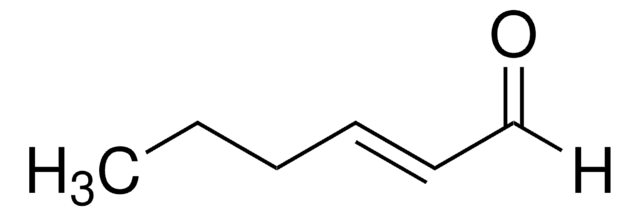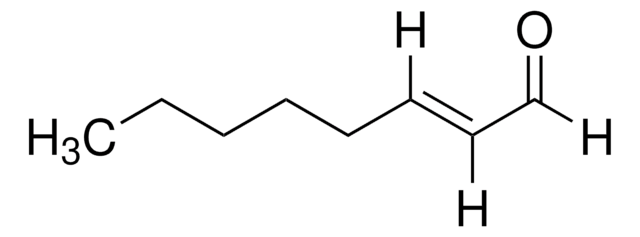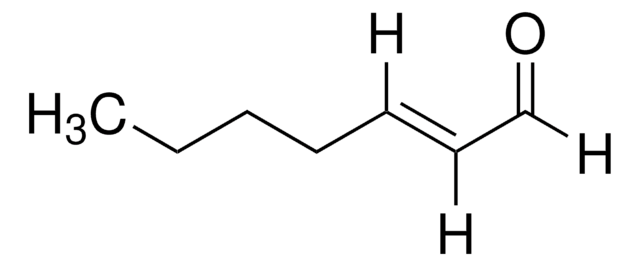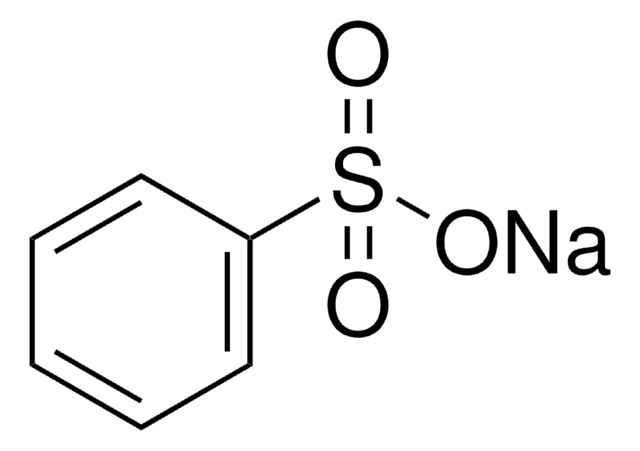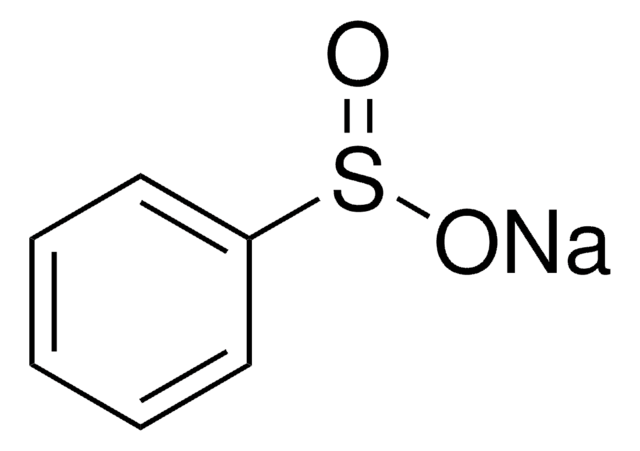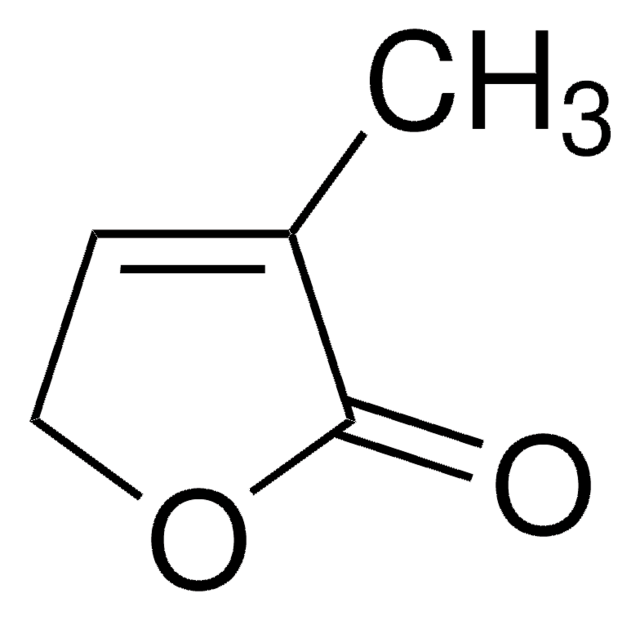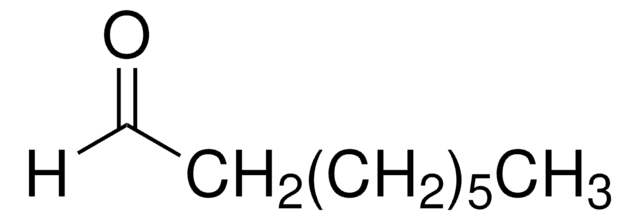All Photos(2)
About This Item
Linear Formula:
CH3(CH2)4CH=CHCHO
CAS Number:
Molecular Weight:
126.20
EC Number:
MDL number:
UNSPSC Code:
12352100
PubChem Substance ID:
NACRES:
NA.22
Recommended Products
grade
technical grade
Quality Level
vapor density
>1 (vs air)
Assay
94%
form
liquid
refractive index
n20/D 1.45 (lit.)
bp
84-86 °C/19 mmHg (lit.)
density
0.846 g/mL at 25 °C (lit.)
functional group
aldehyde
SMILES string
[H]C(=O)C(\[H])=C(/[H])CCCCC
InChI
1S/C8H14O/c1-2-3-4-5-6-7-8-9/h6-8H,2-5H2,1H3/b7-6+
InChI key
LVBXEMGDVWVTGY-VOTSOKGWSA-N
Looking for similar products? Visit Product Comparison Guide
General description
The rate constant for the gas-phase reaction of the NO(3) radical with trans-2-octenal was studied using absolute rate method. The fungal volatile organic compound trans-2-octenal, caused locomotory defects and changes in green fluorescent protein (GFP) and antigen-labeled dopaminergic neurons in adult Drosophila melanogaster.
Signal Word
Warning
Hazard Statements
Precautionary Statements
Hazard Classifications
Eye Irrit. 2 - Skin Irrit. 2 - STOT SE 3
Target Organs
Respiratory system
Storage Class Code
10 - Combustible liquids
WGK
WGK 3
Flash Point(F)
150.8 °F - closed cup
Flash Point(C)
66 °C - closed cup
Personal Protective Equipment
dust mask type N95 (US), Eyeshields, Gloves
Choose from one of the most recent versions:
Already Own This Product?
Find documentation for the products that you have recently purchased in the Document Library.
Customers Also Viewed
K Hasegawa et al.
Biochimica et biophysica acta, 962(3), 371-376 (1988-10-14)
The structures of fluorescent products formed in the reaction of methyl linoleate hydroperoxides with adenine, FeSO4 and ascorbic acid were investigated to elucidate the mechanism of interaction. The fluorescent products consisted of at least four major components (I-IV), which could
Vincent Harraca et al.
BMC biology, 8, 121-121 (2010-09-11)
Abdominal wounding by traumatic insemination and the lack of a long distance attraction pheromone set the scene for unusual sexual signalling systems. Male bed bugs (Cimex lectularius) mount any large, newly fed individual in an attempt to mate. Last instar
M Alaiz et al.
Biological & pharmaceutical bulletin, 17(1), 51-57 (1994-01-01)
It is known that macrophages recognize and take up oxidized low density lipoprotein (LDL) and this macrophage recognition has been suggested to be due to modification of the lysine (Lys) residues of apoprotein B (apo B). In order to determine
C I Chien et al.
Biochimica et biophysica acta, 1204(2), 175-180 (1994-02-16)
Five different alpha,beta-unsaturated carbonyl compounds displayed different reactivities with regard to inhibition of alpha- and mu-class isozymes of rat liver glutathione S-transferases and the chemical reaction with glutathione. Only (E)-2-octenal and (E)-3-nonen-2-one exhibited significant levels of inhibition for each of
Tolgahan Kocadağlı et al.
Food & function, 3(9), 970-975 (2012-07-17)
Coffee, as a source of acrylamide, needs to be investigated in depth to understand the contribution of different precursors. This study aimed to investigate the contributions of sucrose decomposition and lipid oxidation on acrylamide formation in coffee during roasting. Coffee
Our team of scientists has experience in all areas of research including Life Science, Material Science, Chemical Synthesis, Chromatography, Analytical and many others.
Contact Technical Service